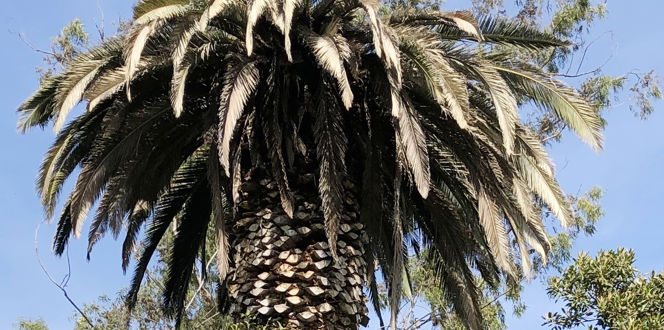Buck Moth Caterpillar Description:
The buck moth caterpillar is a serious pest that defoliates oaks, particularly in the southeastern United States. The moths have dark gray wings with an irregular, median white band and a crescent-shaped, white mark bordered in black on each wing.
Hosts:
Caterpillars eat the leaves of oak trees, (primarily live oaks, but also water oaks). They are found from Maine to Georgia and west to Texas. The caterpillars destroy a tree’s natural beauty and vigor, making it more susceptible to diseases and insect attacks.
Buck Moth Caterpillar Life Cycle & Symptoms:
Moths emerge from the soil in late fall, post-leaf drop. Each female deposits 70-200 whitish-tan eggs in a cluster encircling the oak twigs. Larvae hatch over a prolonged period starting in early spring and caterpillars can appear before the leaves emerge. By mid-spring, the larvae have undergone 5 growth stages, growing from 1/8” larvae to 2 ½” caterpillars. Caterpillar spines often cause dermal irritation. Young buck moth caterpillars will organize themselves into communities and will even follow each other in a single file. They are often seen migrating across lawns or climbing the sides of buildings in search of places to pupate in the fall. Moths normally appear at the start of deer hunting season, thus the name, buck moth.
Buck Moth Caterpillar Control & Management:
There are several control options, including such biorationals as Bt (Bacillus thuringiensis) and horticultural oil. Affected trees should also be fertilized with Arbor Green PRO® to improve their recovery and overall vigor.





